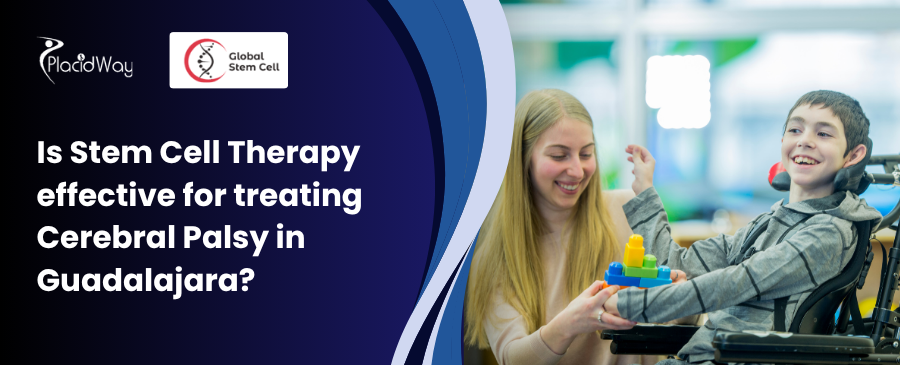What Are the Early Signs of Rheumatoid Arthritis? A Comprehensive Guide to Detection and Management
Table of Content
Rheumatoid arthritis (RA) is a chronic autoimmune disease that affects the joints, causing inflammation, pain, and stiffness. Early detection of the signs of rheumatoid arthritis is crucial for prompt treatment and better management of the disease. This article will delve into the early signs of rheumatoid arthritis, discuss the importance of early diagnosis, and outline the diagnostic process.
Recognizing the Early Signs of Rheumatoid Arthritis
Rheumatoid arthritis (RA) is a chronic autoimmune disease that affects millions of people worldwide, causing inflammation, pain, and stiffness in the joints. Recognizing the early signs of rheumatoid arthritis is crucial for timely diagnosis, which can lead to more effective treatment and improved quality of life for those living with this challenging condition. So lets answer your question : What Are the Early Signs of Rheumatoid Arthritis?
In this section, we will delve into the common early signs of RA, explore how these symptoms differ from other joint-related conditions, and provide insights into the importance of being proactive in addressing these symptoms. By understanding and identifying the early signs of rheumatoid arthritis, individuals can take the necessary steps to seek medical attention and develop a comprehensive treatment plan tailored to their specific needs.
Some common early signs of RA include:
Joint Pain and Stiffness
One of the earliest indicators of rheumatoid arthritis is joint pain and stiffness, particularly in smaller joints like those in the hands and feet. This discomfort often affects both sides of the body symmetrically and is characterized by morning stiffness lasting longer than 30 minutes.
Swelling and Warmth
Inflammation in the joints may cause them to become swollen and warm to the touch. This swelling can sometimes make the affected joints appear larger or misshapen.
Fatigue and Weakness
Many people with RA experience fatigue and general weakness, especially during flare-ups of the disease. This fatigue can be accompanied by a loss of appetite and weight loss.
Joint Redness
The skin over inflamed joints may appear red and irritated, signaling inflammation in the area.
Decreased Range of Motion
As inflammation progresses, affected joints may become more difficult to move, leading to a decreased range of motion. This can impact daily activities and overall quality of life.
The Importance of Early Diagnosis
The importance of early diagnosis in the management of rheumatoid arthritis cannot be overstated. As a chronic autoimmune disease that primarily affects the joints, rheumatoid arthritis can lead to significant pain, joint damage, and disability if left untreated or poorly managed.
By detecting the disease in its early stages, healthcare providers can implement effective treatment strategies to control symptoms, minimize joint damage, and improve overall quality of life. In this article, we will discuss the importance of early diagnosis in rheumatoid arthritis, how it contributes to better patient outcomes, and the role it plays in preventing long-term complications associated with this debilitating disease.
Some key benefits of early diagnosis include:
Early Treatment
Prompt treatment helps control symptoms, prevent joint damage, and slow down the progression of the disease. Early intervention with medications, such as disease-modifying antirheumatic drugs (DMARDs) and biologic agents, can significantly reduce inflammation and minimize the risk of permanent joint damage.
Better Outcomes
Studies have shown that early diagnosis and intervention are associated with better long-term outcomes for individuals with rheumatoid arthritis. Early treatment can preserve joint function, reduce the need for surgical interventions, and lower the risk of complications related to RA, such as cardiovascular disease.
Improved Quality of Life
By addressing the symptoms of rheumatoid arthritis early, individuals can maintain their daily activities, reduce the impact of RA on their lives, and avoid the disability that can result from untreated or poorly managed disease. Effective early treatment can help individuals stay engaged in their work, family, and social life, maintaining their overall well-being.
In summary, recognizing the early signs of rheumatoid arthritis and seeking prompt medical attention are essential steps in achieving better disease management and preserving one’s quality of life.
Diagnosing Rheumatoid Arthritis: The Process
Diagnosing rheumatoid arthritis (RA) can be a complex process, as the early signs of this chronic autoimmune disease may be subtle and easily mistaken for other conditions. However, early diagnosis is crucial for optimal disease management and treatment outcomes.
A prompt and accurate diagnosis can help prevent irreversible joint damage, reduce inflammation, and improve overall quality of life for individuals with RA.
In this section, we will discuss the diagnostic process for rheumatoid arthritis, including the role of medical history, physical examination, blood tests, and imaging tests, as well as the importance of consulting with a healthcare professional, preferably a rheumatologist, when suspecting RA. The diagnostic process typically involves several steps to assess the presence and severity of the disease:
Medical History and Physical Examination
Your doctor will review your symptoms, medical history, and perform a physical examination to assess your joints for signs of inflammation. They will check for swelling, redness, warmth, and tenderness, as well as evaluate the range of motion in the affected joints.
Blood Tests
Blood tests can help detect specific markers of inflammation and immune system activity associated with rheumatoid arthritis. These tests may include:
- C-reactive protein (CRP) and erythrocyte sedimentation rate (ESR): These tests measure levels of inflammation in the body.
- Rheumatoid factor (RF) and anti-citrullinated protein antibodies (ACPA): These are antibodies commonly found in people with RA, although not everyone with RA will test positive for these markers.
Imaging Tests
Imaging tests can help visualize joint damage and assess the severity of the disease. These tests may include:
- X-rays: X-rays can reveal joint damage, such as erosion or narrowing of the joint space, which are characteristic of rheumatoid arthritis.
- Ultrasound: Ultrasound uses sound waves to create detailed images of the joints and can detect inflammation and early joint damage.
- Magnetic resonance imaging (MRI): MRI scans can provide even more detailed images of the joints and surrounding tissues, allowing doctors to assess inflammation and joint damage that may not be visible on X-rays or ultrasound.
The diagnostic process may take some time, as rheumatoid arthritis can be challenging to diagnose, especially in its early stages. However, once a diagnosis is confirmed, your healthcare provider will work with you to develop an appropriate treatment plan tailored to your specific needs and symptoms.
Frequently Asked Questions About Rheumatoid Arthritis
What is rheumatoid arthritis?
Rheumatoid arthritis (RA) is a chronic autoimmune disease that primarily affects the joints, causing inflammation, pain, and stiffness. In RA, the immune system mistakenly attacks the synovium, the lining of the joints, leading to inflammation and joint damage over time.
What causes rheumatoid arthritis?
The exact cause of rheumatoid arthritis is unknown, but it is believed to involve a combination of genetic and environmental factors. Some potential triggers for the development of RA include infections, hormonal changes, and smoking.
How is rheumatoid arthritis different from osteoarthritis?
Rheumatoid arthritis is an autoimmune disease, while osteoarthritis is a degenerative joint disease caused by wear and tear on the joints over time. RA typically affects joints symmetrically and is characterized by inflammation, while osteoarthritis usually affects weight-bearing joints asymmetrically and involves the gradual loss of cartilage.
Can rheumatoid arthritis be cured?
There is currently no cure for rheumatoid arthritis. However, with appropriate treatment, the symptoms can be managed, and the progression of the disease can be slowed down. The goal of treatment is to reduce inflammation, relieve pain, prevent joint damage, and maintain function.
What are the treatment options for rheumatoid arthritis?
Treatment for rheumatoid arthritis usually involves a combination of medications, physical therapy, occupational therapy, and lifestyle modifications. Medications may include nonsteroidal anti-inflammatory drugs (NSAIDs), corticosteroids, disease-modifying antirheumatic drugs (DMARDs), and biologic agents. In some cases, surgical interventions may be necessary to repair or replace damaged joints.
Can diet and exercise help manage rheumatoid arthritis symptoms?
Yes, a healthy diet and regular exercise can help manage rheumatoid arthritis symptoms. Eating a balanced diet rich in fruits, vegetables, whole grains, lean proteins, and healthy fats can help reduce inflammation and support overall health. Regular low-impact exercises, such as walking, swimming, and yoga, can help maintain joint flexibility, strengthen muscles, and improve overall well-being. It’s essential to discuss any new exercise regimen with your healthcare provider before starting.







